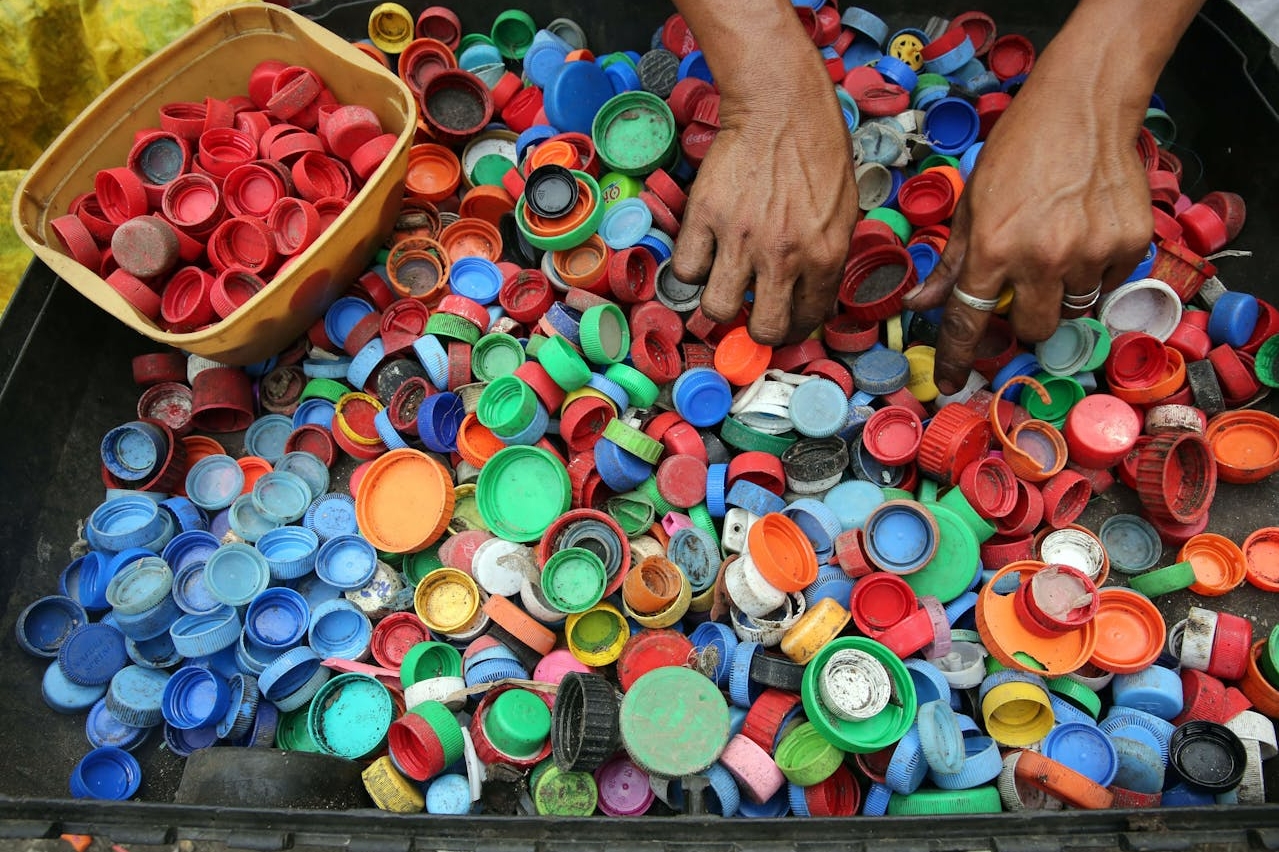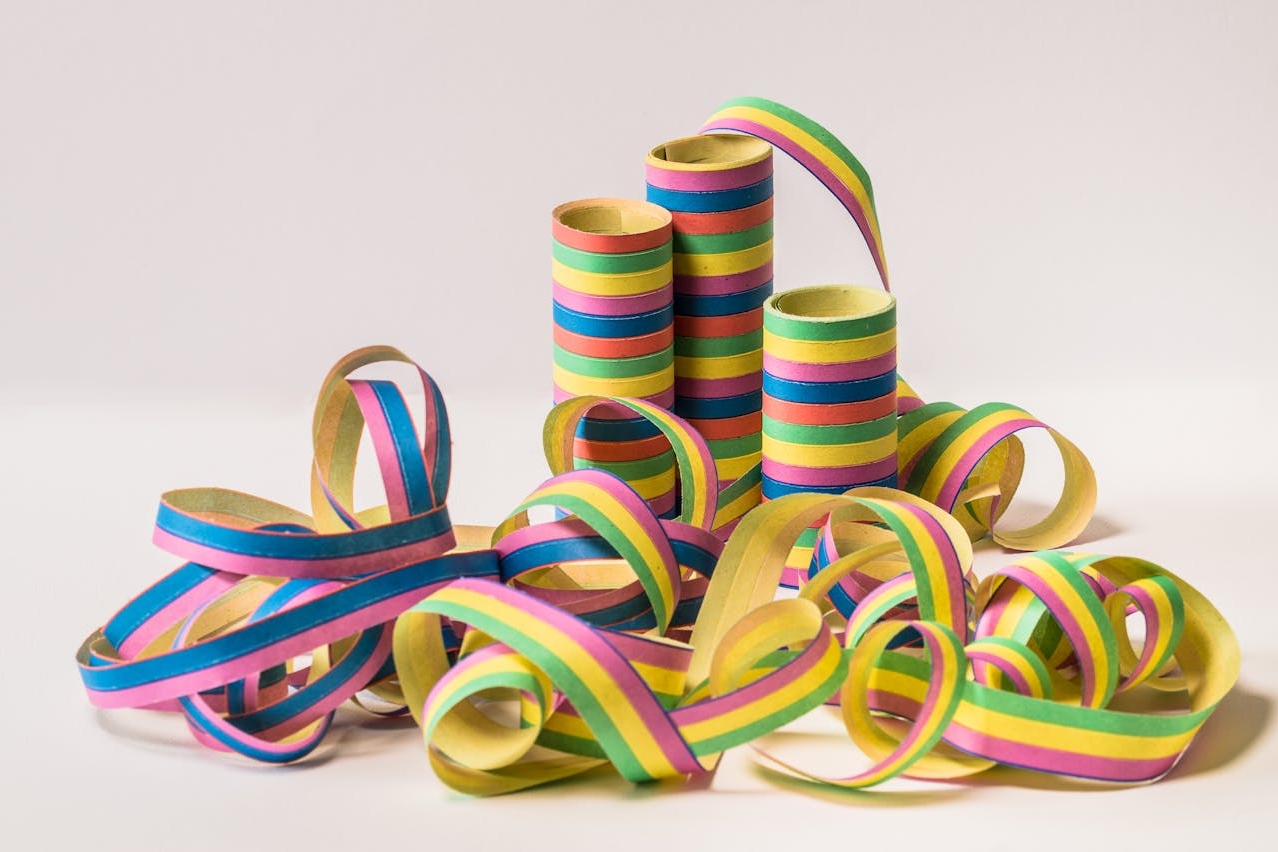India’s rich cultural heritage is renowned for its vibrant colors, intricate designs, and exquisite craftsmanship, particularly in the realms of fashion and jewelry. From intricately embroidered textiles to ornate pieces of jewelry adorned with precious gemstones, India’s fashion and jewelry industry reflects centuries of tradition, creativity, and innovation. In this blog post, we embark on a journey through India’s fashion and jewelry landscape, exploring the captivating craftsmanship that has enchanted the world for generations.
Celebrating Diversity in Fashion: India’s fashion scene is as diverse as its cultural tapestry, with each region boasting its unique styles, fabrics, and techniques. From the vibrant sarees of South India to the intricate embroidery of Kashmiri shawls, Indian fashion celebrates diversity and individuality. Traditional attire such as the saree, salwar kameez, and lehenga choli coexist alongside contemporary designs, creating a harmonious blend of old-world charm and modern sophistication.
Timeless Elegance in Jewelry: Indian jewelry is revered for its timeless elegance, intricate detailing, and opulent designs. From the elaborate necklaces of Rajasthan to the delicate filigree work of West Bengal, each piece tells a story of craftsmanship and tradition. Precious metals such as gold and silver are adorned with precious gemstones such as diamonds, emeralds, rubies, and sapphires, creating breathtaking works of art that are treasured for generations.
Craftsmanship Beyond Borders: India’s fashion and jewelry industry has transcended geographical boundaries, captivating audiences around the world with its timeless beauty and craftsmanship. Indian designers and jewelers collaborate with international fashion houses and showcase their creations on prestigious runways and exhibitions globally. The fusion of Indian aesthetics with contemporary design sensibilities has led to a resurgence of interest in Indian fashion and jewelry among international audiences.
Reviving Handloom and Artisanal Traditions: In recent years, there has been a renewed appreciation for handloom textiles and artisanal craftsmanship in India’s fashion industry. Designers and brands are championing sustainable fashion practices, supporting local artisans, and reviving traditional weaving techniques. Handwoven textiles such as khadi and ikat are gaining popularity for their eco-friendly production methods and unique textures, reflecting a growing global trend towards ethical and sustainable fashion.
Empowering Artisans and Communities: Behind every piece of Indian fashion and jewelry lies the skill and dedication of countless artisans and craftsmen. India’s fashion and jewelry industry provide employment opportunities and economic empowerment to millions of artisans, particularly women, in rural and marginalized communities. By preserving traditional crafts and supporting artisanal livelihoods, the fashion and jewelry industry plays a vital role in preserving India’s cultural heritage and promoting socio-economic development.
Conclusion: India’s fashion and jewelry industry are a testament to the country’s rich cultural heritage, artistic traditions, and spirit of innovation. From the intricately woven textiles of Varanasi to the dazzling jewels of Jaipur, each creation embodies the craftsmanship, creativity, and passion of its makers. As India continues to weave its magic on the global stage, the world eagerly awaits the next chapter in its storied fashion and jewelry legacy.




